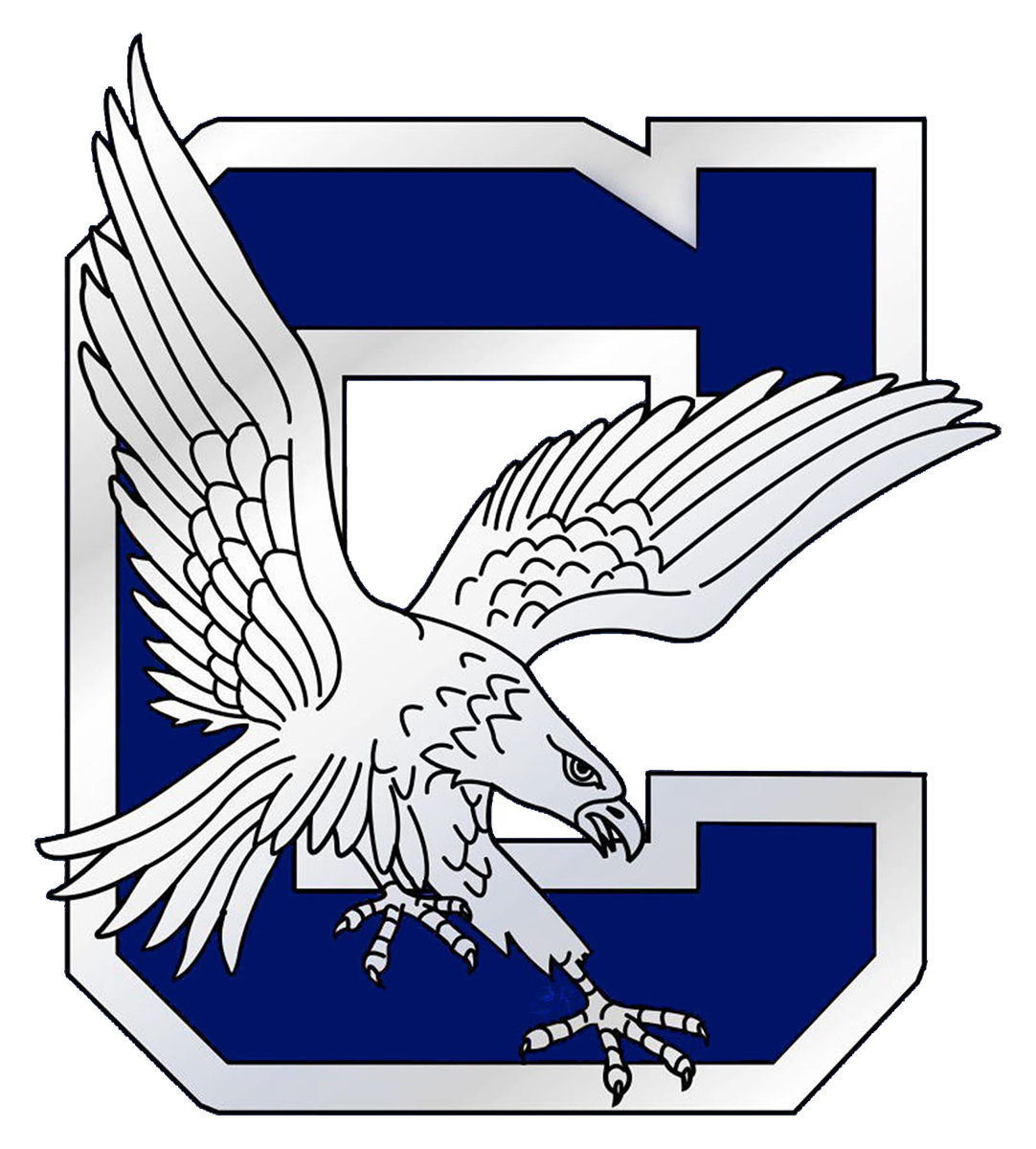Dual Credit Grading Q&A
Advanced Placement/Dual Credit Grade Conversions
Q & A
The questions and answers below address specific concerns about the grade and weighting for dual credit and advanced placement courses.
1. Shouldn’t grades for college level courses have a higher weighted value? – Grades in advanced placement and dual credit courses taught at Clover High or taught on the college campus do have a 1.0 weighted GPA value over a college preparatory course per the South Carolina Uniform Grading Policy. Students are rewarded in the UGS for taking more rigorous college level courses.
2. Aren’t students in Dual Credit and Advanced Placement graded on a 10 point grading scale? Dual Credit students are dually enrolled in high school courses and college courses at the same time. The final average they earn in the course is a numeric value (Example = 90). The grading scale applied to the student’s final grade (Example = 90) is directly tied to the rules that govern each institution separately. The college grading scale is on a 10 point scale for the student’s college transcript. The high school grading scale is on a 7 point scale for the student’s high school transcript as mandated by the SCUGP. Therefore, the 90 average on the college transcript will earn the student a 4.0 GPA equivalent and a 4.625 GPA equivalent for the high school transcript. Advanced Placement students have always been on the high school grading scale because students are NOT earning a college transcript for AP courses while in high school.
3. Are instructors under the impression 90 = A/80=B? Instructors from the college operate under the 90= A and 80 = B examples. These are accurate interpretations of a student’s college transcript for grades earned in a dual credit course. Grades are an accumulation of points that are averaged together to get a final mean score. Teachers do not give final letter grades of “A” or “B.” Rather, students earn numeric grades for assignments which become numeric averages (Example 80 or 90). The numeric final grade earned by the student must be the same number for both the high school and college transcripts regardless of the scale that is applied to the meaning of the final grade. Instructors have serious concerns when the numeric grade earned for a course is changed or is in any way different from the numeric grade he/she issued for the course.
4. Do all colleges recognize the Uniform Grading Scale? All students in South Carolina have a final GPA that is a product of applying the SCUGS. The final GPA calculation is used to determine rank in class which is another key factor in college acceptance both inside and outside the South Carolina. HOPE and LIFE scholarship recipients also result from GPAs earned through applying the Uniform Grading Scale. South Carolina GPAs are not calculated from letter grades. GPA is correlated to numeric values.
5. When grades are not converted, do out of state colleges think they are looking at a 3.0 for a grade 90? Out of State and In State colleges look at final GPAs which are determined from a student’s numeric score. Dual Credit and Advanced Placement students earned weighted GPAs through the Uniform Grading Scale which elevates their final GPA.
6. Will those students who took Advanced Placement and Dual Credit courses before this year have an unfair advantage? GPA and class rank are determined within one grade level. Therefore, students are not compared or ranked across multiple grade levels. Students in the senior class are only compared to other students in the senior class in terms of their final GPA. Everyone at CHS got the advantage of grade conversions last year and years prior. As long as no one group of students has converted grades this year, there is not an advantage or disadvantage.
7. Could CHS phase out the conversion practice for underclassmen and give it to seniors for one more year? Dual Credit courses have students from multiple grade levels taking the same class (Example – 11th and 12th grades primarily). Clover High School could not phase the conversion practice and give seniors a converted grade without unfairly impacting the juniors who are taking the same course at the same time.
